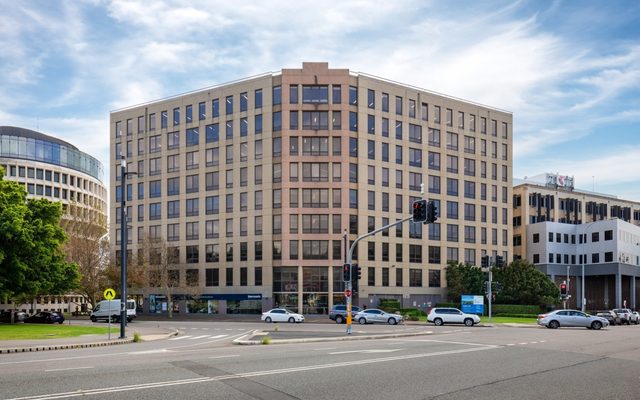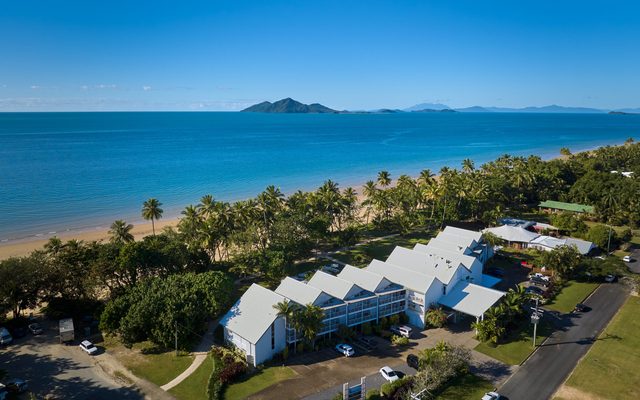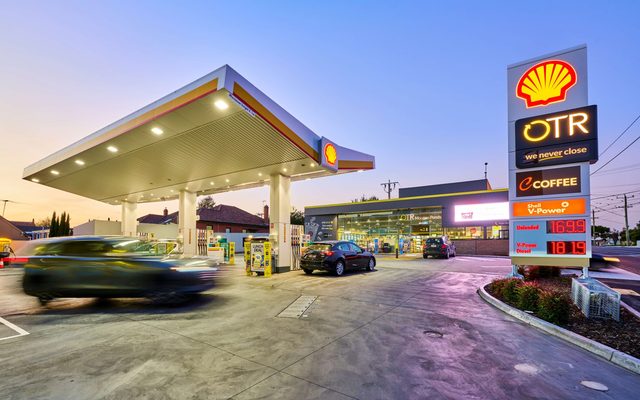This article is from the Australian Property Journal archive
RENTS in Western Australia surged by 15.66% in the past year, while double-digit gains in NSW and Queensland mean tenants in both states are paying more than 32% of their income on housing.
Suburbtrends’ Rental Pain Index for April showed Queensland and Western Australia are experiencing the highest levels of rental pain, with both recording a Rental Pain Index (RPI) score of just over 85 out of 100, reflecting not just higher rental costs but also tight market conditions and limited housing options available.
A score over 75 is considered “severe”. The national average RPI rose slightly to 79.91, while the percentage of income spent on rent is critically poised at 30.50%, just above the 30% mark widely used as a threshold for housing stress.
Kent Lardner, the founder of Suburbtrends, said that shows that rental stress “isn’t just sticking around; it’s getting worse”.
“We urgently need innovative solutions to alleviate the rental crisis in Australia. Mobile home villages and prefabricated small homes represent immediate and practical options to expand our housing supply as quickly as possible.
“By embracing these methods, we can avoid the dire scenario of Australians being forced into living in cars or tents. It’s crucial we act swiftly to ensure accessible and affordable housing for all.”
National cabinet will attempt to pump the market with 1.2 million “well-located” homes over five years from the beginning of July with the National Housing Accord, while the Housing Australia Future Fund will run concurrently and aim to deliver 30,000 social and affordable homes. The up-and-running Social Housing Accelerator will target 4,000 new social homes. However, the targets are considered farfetched by analysts amid a severe labour shortage, current low approval rates and planning red tape.
WA whacked
Whacked with the biggest rental increase in the country, Western Australians are now spending 30.18% of their income on rent. Prospective tenants are dealing with a vacancy rate of just 1.12%.
Queensland renters and home seekers have been hit with a 10.22% uplift in rents and face a national-low vacancy rate of just 1.07%.
South Australia recorded an RPI of 81.98, driven by a 9.39% increase in rental prices and requiring more than 30% of income for rent, as vacancies sit at just 1.08%.
NSW and Victoria continue to experience considerable rental price hikes, recording increases of 10.38% and 12.20% respectively. NSW’s RPI stands at 81.84, with the state demanding 32.81% of income towards rent. Victoria’s RPI is slightly lower at 79.58, reflecting a less but still significant affordability strain, with 27.73% of income going to rent. Its vacancy is at 1.40%, and NSW is at 1.29%.
At the less severe end, the ACT saw a sliver shaved off rents, with its RPI at 53.95, indicating a relative improvement in rental affordability. Tenants are putting 24.53% of their income towards rent, while vacancies sit at 1.74%. The Northern Territory maintained a less critical stance on rental strain with an RPI of 60.90, despite a modest 3.78% increase in rental prices. Rent is chewing up 24.81% of income, and vacancy is at 2.01%.
While Tasmanians are putting 31.69% of their income towards rent, a relatively low 1.92% increase in rent and high vacancy rate – relatively speaking – of 2.05% has its RPI at 61.42.
25 at 100 in NSW
There are at least 25 NSW suburbs with a maximum RPI of 100. Separated by percentage of income required to cover rent, they are led by Tweed Heads South (68%) and Tweed Heads (52%) Wollongong’s Windang-Primbee (54%), Bass Hill-Georges Hall in south-west Sydney (51%). Next are Matraville-Chifley, Condell Park and Maroubra-South, in the mid-to-high 40% range.
Queensland has a similarly long list of at least 25 suburbs with a 100 reading. The top 10 includes Reedy Creek-Andrews, where no houses are available to rent, Bundaberg Surrounds-North, Point Vernon, Sippy Downs, Beachmere-Sandstone Point, Arundel, Robertson, Southport-North, Woree and Eagleby.
Victoria has four suburbs with a score of 100 – Balwyn, in Melbourne’s east, regional city Castlemaine, Clayton (North)-Notting Hill in the capital’s south-east, and Mornington-East. Each requires nearly 40% of income to be spent on rent.
Western Australia’s worst are Dianella-South, Girrawheen, Bentley-Wilson-St James, Withers-Usher, Bayonet Head-Lower Kind, Armadale-Wungong-Brookdale, Morley and Calista, all recording 100, although there is a long list of suburbs just behind them in the very high 90s.
That was replicated in South Australia. Pooraka-Cavan, Seaton-Grange, Goolwa-Port Elliot, Smithfield-Elizabeth North, Port Adelaide, The Parks and Norwood all scored maximum points, with a large bunch snapping at their heels.
West Ulverstone was the only Tasmania location to record 100, while Isaacs top-scored in the ACT with 92. Malak-Marrara topped the Northern Territory, also with 92.




